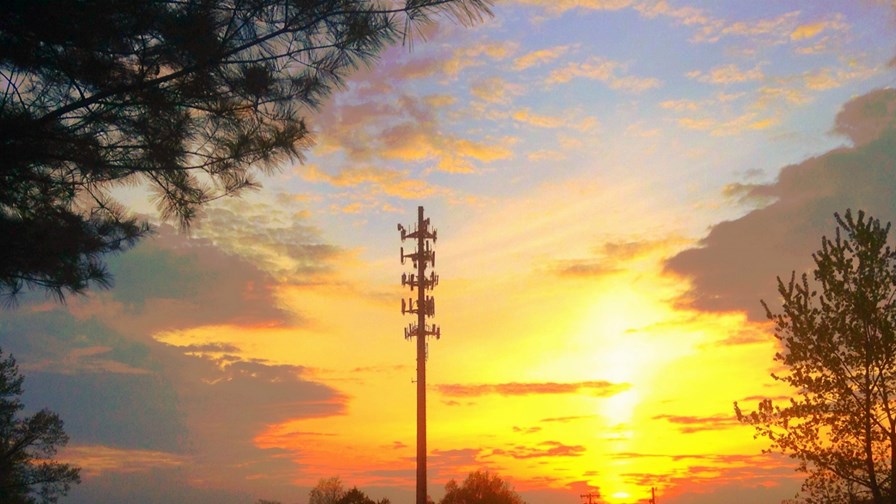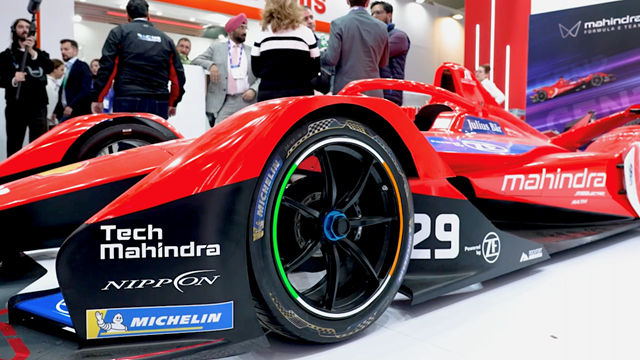
via Flickr © JeepersMedia (CC BY 2.0)
- 5G has been the target of irrational protest because of its supposed dangers
- But this year the industry is hoping it can start to turn that unfortunate image problem around by championing its sustainability effort - and it would also quite like to save a bundle on the electricity bill
- The Open RAN Policy Coalition points out that Open RAN’s ability to shift the software components of the RAN into the cloud will prove a huge sustainability boost
If 2020 was the year of Covid-19 and ‘working-from-home’, 2021 looks like shaping up to become remembered, at least in the telecoms world, as the year of Open RAN and climate change awareness. Not quite as dramatic as 2020’s label, I grant you, but so far those two (increasingly related) issues have been getting major mind share.
The drive to engineer greater emission and energy consumption reductions are now firmly planted in telecoms organisations’ corporate goals as the world continues to reel from out-of-the-ordinary weather events and startlingly high temperatures. While linking specific weather and general climate change used to be frowned upon as naively unscientific, today a boisterous weather event is simply understood as further evidence of a looming climate emergency.
In short, the industry recognises that with 5G deployment gathering pace, it must start coming down hard on ballooning telecoms electricity consumption. Properly executed, that’s a policy that can win both political and customer image points while - you know - actually helping to save the planet. Not to mention making energy cost savings that may help repair battered CSP balance sheets.
Then there’s the Open RAN movement. The advantages expected to flow from a disaggregated, software-driven RAN are well known to TelecomTV readers and viewers, but here’s a helpful overview from Open RAN architectural champion, Rakuten Mobile’s CTO, Tareq Amin, in an Interview conducted in June this year.
The Open RAN Policy Coalition points out that the Open RAN approach has the ability to push down energy requirements and keep on pushing. It claims that by opening interfaces and increasing flexibility Open RAN deployment will enable the rapid rollout of efficiency measures across the whole RAN supply chain.
To now, most of the industry’s favourable energy saving image has been concentrated down at the device level - ever lower-powered chips in particular have lent a virtuous glow to general mobile industry sustainability, even though the major motivation here was to extend device battery life and please subscribers.
Back with the cellular network infrastructure: the Open RAN Policy Coalition points out that electricity costs currently constitute between 20 and 40 per cent of cell site operating expenditure, the majority of which is consumed by the RAN and power amplifiers within the site. It says the next step should be to exploit Open RAN’s software centrism and accelerate the shift of compute resources to large data centres where serious power optimisation can be applied at scale.
Shifting the software components of the RAN to the cloud in this way might also provide multiplexing efficiency gains, it claims.
“With scalability and demand-based usage, processors that are processing radio software for Open RAN can also run other applications during non-peak times. This is not possible with proprietary baseband systems using dedicated, non-reusable hardware. Traditional RAN is power inefficient when the network traffic load is low, as the hardware is intentionally over-engineered for maximum capacity.”
It quotes a study by the Next Generation Mobile Networks Alliance (NGMN) on European networks which shows that 80% of cell sites carry only 20% of total traffic, while the busiest 10% of sites handle a full 50% of traffic. Pooling across sites, it claims, could reduce capacity requirements with power savings in the range of 30-50%.
The Open RAN Policy Coalition’s brief on Open RAN and Energy Efficiency is available for download on its Resources page.\
Email Newsletters
Sign up to receive TelecomTV's top news and videos, plus exclusive subscriber-only content direct to your inbox.




